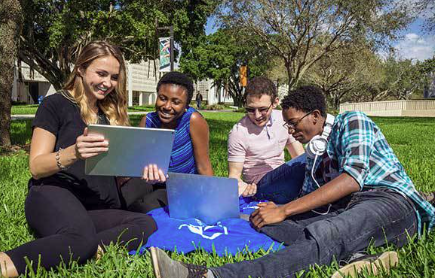As education continues to evolve, digital tools have become essential in creating personalized learning experiences that meet the diverse needs of students. Designing digital lessons with intention and flexibility allows educators to tailor instruction to individual learners while enhancing engagement, accessibility, and achievement.
Understanding the Role of Digital Lessons
Digital lessons offer opportunities for students to interact with content in various formats, such as videos, interactive simulations, audio guides, and online quizzes. These tools support different learning styles and enable students to move through material at their own pace. Well-designed digital lessons promote autonomy and help learners take control of their educational journey.
Core Principles for Designing Effective Digital Lessons
Personalized digital instruction should be rooted in clear objectives, inclusive design, and student-centered practices. Begin by identifying specific learning goals, then choose tools and resources that align with those outcomes. Ensure that content is accessible to all learners, including those with disabilities, by incorporating features like closed captions, readable fonts, and alternative text for images.
Building Choice and Flexibility
A key advantage of digital platforms is the ability to offer choices. Whether through selectable reading levels, different types of assessments, or varied learning paths, flexibility empowers students to engage with materials in ways that match their strengths. Teachers can create branching lesson paths or modular units that allow students to explore topics in depth based on interest and performance.
Using Data to Support Personalization
Digital lessons can provide valuable data on student progress, which helps teachers adjust instruction as needed. By analyzing quiz scores, participation patterns, and assignment completion rates, educators can identify learning gaps and provide targeted support. This continuous feedback loop supports both short-term improvement and long-term growth.
Promoting Interaction and Reflection
Effective digital lessons go beyond passive content delivery. Incorporate opportunities for students to discuss ideas, collaborate on projects, and reflect on their learning. Discussion boards, digital journals, and peer reviews can foster a sense of community and deepen understanding. Personalized learning thrives when students feel seen, heard, and engaged.
Conclusion
Designing digital lessons for personalized learning is both an art and a science. It requires thoughtful planning, a deep understanding of student needs, and the creative use of technology. When done well, it transforms learning into a dynamic, inclusive, and empowering experience for every student.













